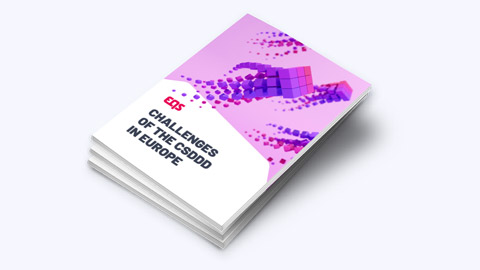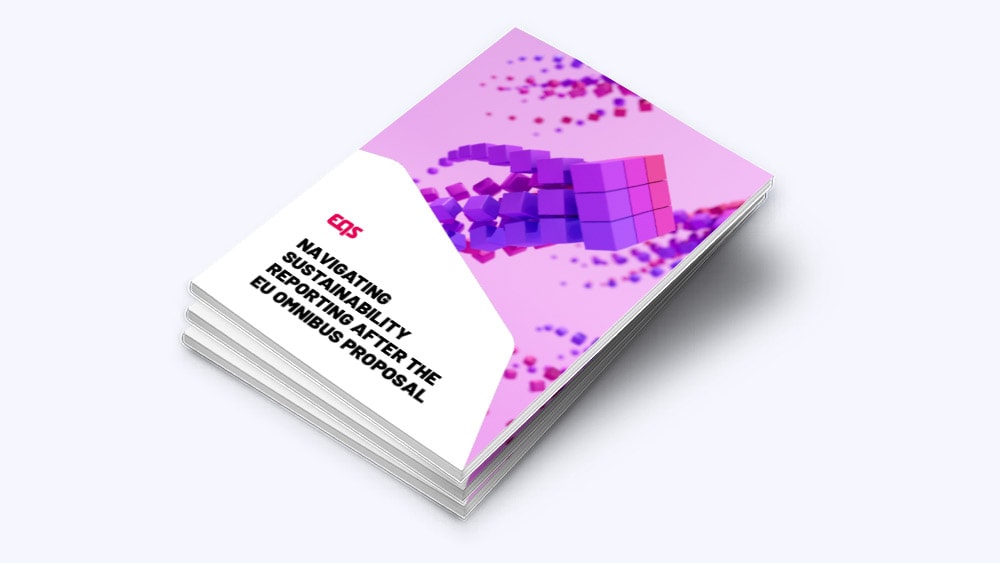Data Security Checklists: This Is What Compliance Teams Need to Keep in Mind
Given the soaring scale and cost of data breaches, a comprehensive Data Security Checklist has become essential for compliance teams.

Headlines about multiple costly data breaches have become a daily normality, whether it’s bad actors stealing a company’s customer data, hackers unleashing ransomware on a corporation or an attack paralysing a healthcare system’s infrastructure. According to a recent IBM report, the average cost of a data breach worldwide climbed from $3.62 million in 2017 to $4.45 million in 2023, a new high. Given the scale of the threat, it has become essential for IT and compliance teams to foster and maintain an organization-wide cybersecurity culture including comprehensive Data Security Checklists that comply with global regulations. Failure to do so could have catastrophic financial consequences.
The importance of IT Security Risk Assessments and Data Security Checklists
IBM’s report found that only one-third of companies impacted by a data-breach discovered the breach through their own security teams, highlighting the need for better risk assessments and threat detection. Regular IT Security Risk Assessments are fundamentally important in assessing systems, processes and technologies to identify potential risks and weak points.
When evaluating modern compliance solutions, including global speak-up solutions, companies need to be aware of where their most sensitive data is stored and processed. On top of modern compliance software, Data Security Checklists should also be introduced to safeguard systems and data. These need to be focused on areas such as processes, security policy, data protection and user accounts.
Developing a data protection-first mentality
When it comes to any Data Security Checklist, data protection is of paramount importance. Organizations need to assess their data storage infrastructure and processes while identifying any information that is vulnerable to exploitation. As part of this process, companies should regularly revisit and re-evaluate policy and procedures surrounding information sharing or transfers, an area that can often prove a weak link in a cybersecurity framework.
External audits and certification in security standards can help companies maintain the highest levels of data security and provide reassurance to their major stakeholders. For example, ISAE 3000 Type I and II upholds the highest standards in terms of the processing and protection of personal data. The Type 1 report proves that an organization has the correct controls and procedures in place while Type 2 ensures that they are followed. ISAE 3000 certification shows that the entity is treating data correctly and is in full compliance with Europe’s GDPR.
Maintaining the highest levels of data security
Unfortunately, high corporate standards can lapse, and this is especially true in the area of IT security. Indeed, a Data Security Checklist functions most effectively within an organization that has built a successful cybersecurity culture. Alongside the technical aspects of IT security, it is also important to provide extensive training to employees to ensure they remain aware of the consequences of not utilizing the checklist. A vigilant workforce follows proper security practices, understands checklists, remains ready to identify potential cybersecurity threats and maintains high standards.
From a technical perspective, IT security should be a continuous effort, especially as threats are constantly evolving and growing more sophisticated. Penetration tests by independent experts should be carried out regularly to ensure a company can respond to the latest threats and maintain the highest possible levels of security.
Given that APIs (application programming interfaces) facilitate the transfer of data (often private) between a company’s system and its users, they can prove problematic. APIs are an integral part of the modern IT infrastructure and while they present enormous advantages in areas such as data sharing, they come with security risks such as denial-of-service attacks, code injections or stolen authentications. As a result, companies are advised to put a comprehensive API security strategy into place to ensure best practice. Segregated and redundant storage of customer data should also be exercised.
Finally, when it comes to top-level IT security, organisations can pursue further certification standards. These can help a company demonstrate proactivity, improve a corporate reputation and put customers’ minds at ease if confidential data is being processed. For example, ISO 27001 is a leading international information security standard that helps secure valuable and personal data while helping companies respond to evolving security risks.
Compliance with global regulations
Any IT security framework and checklist has to be in line with international standards and regulatory requirements. This can prove complex for companies, especially when business is conducted across multiple locations while penalties for non-compliance can be crippling.
For example, the GDPR requires companies to take measures to protect and securely process the personal data of EU citizens. While the law does not mandate a specific set of cybersecurity measures, companies are nevertheless expected to exercise an appropriate level of risk mitigation. Failure to do so can result in heavy fines. In September 2023, TikTok was handed a massive €345 million penalty by the Irish Data Protection Commission for failing to protect children’s personal information and breaching the GDPR.
As mentioned earlier, companies can attain certification to demonstrate that they are GDPR compliant with proper cybersecurity measures, data management regulations, internal policies and clear procedures in place. The same holds true for similar international data privacy laws such as the California Consumer Privacy Act (CCPA) that came into effect in 2018 and is modelled on the GDPR.
It is also important to mention the EU Whistleblowing Directive which has come into effect across Europe containing strict data protection obligations. While the various laws at national level have the same basic requirements, there are some differences between countries that companies have to be aware of. For example, Italy and Sweden have specific local reporting requirements when an organisation’s headquarters and compliance team is located outside the country.
Elsewhere, companies failing to exercise caution around IT compliance can also fall foul of areas such the Americans with Disabilities Act (and its international equivalents) that expects websites to meet accessibility standards across four basic principles: being perceivable, operable, understandable and robust.
The software solution
Modern software solutions have transformed compliance workflows in recent years, allowing companies to revolutionize their policy frameworks with the latest digital technology. This has allowed areas such as compliance in IT security to be underscored by interactive rulebooks, living checklists and live dashboards. Integrated digital compliance platforms fully comply with international regulations such as the GDPR and amalgamate crucial data, creating a digital audit trail that can greatly facilitate an investigation.
They also have the added benefit of containing an integrated whistleblowing system. On top of fully complying with the EU Whistleblowing Directive, the tool can act as a crucial aspect of a company’s cybersecurity culture, helping employees point out potential wrongdoing or glaring weaknesses at an early stage.
Furthermore, when a company opts for a state-of-the-art digital compliance platform, they reap the benefits of a large expert partnership network whereby global regulatory changes are swiftly identified and integrated into the system.

How to effectively create, implement and communicate compliance policies and measure the success of your policy program – for everyone who is responsible for Compliance policies in their organization





